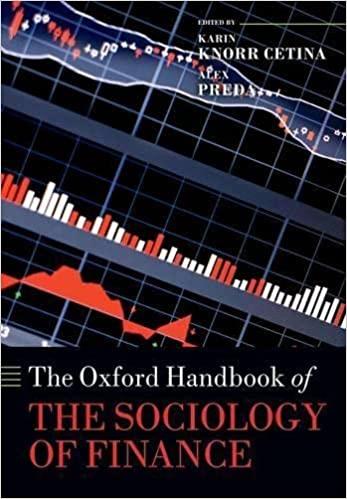Question
EXPLAIN METHOD, PLEASE Frioville is an unbearably cold place in the winter. One of the unfortunate consequences of the cold weather is that low-income residents,
EXPLAIN METHOD, PLEASE
Frioville is an unbearably cold place in the winter. One of the unfortunate consequences of the cold weather is that low-income residents, who cannot afford to spend very much on clothing, suffer disproportionately during the winter. In response to the discomfort of so many voters, the mayor institutes a new program called Coat Aid. Under this plan, every city resident is entitled to one warm coat (with a store value of $100), which can be obtained from an official in City Hall. Individuals must personally collect their winter coats. Since the winter is quite cold, a large number of people are likely to want free coats. Even people who do not need new coats 3 might be tempted to get one at City Hall, since individuals can sell their coats to the local store for $100 each.
a) Consider the case of a fund manager who earns $200 per hour. The fund manager considers the length of the coat line (assumed to be known) before deciding whether or not to get a coat. Under what conditions will the fund manager decide to get a coat? What is the effective price that the fund manager pays to obtain the coat?
b) The fund manager earns the top wage in Frioville. Assume that there are 200 residents of Frioville, each of whom earns different wages ranging from $1/hour to $200/hour. [That is, one person earns $1/hour, one person earns $2/hour, one person earns $3/hour, and so on, up to the fund manager who earns $200/hour.] The local newspaper reports that the line for coats is always the same length: one must stand in line for H hours. Which people will decide to stand in line for coats? Graph the value of a coat, and its effective price, as a function of the private sector wage of the potential coat recipient. Your graph should have the private sector wage on the horizontal axis and $ on the vertical axis.
c) Now suppose that H is a simple function of the number of people standing in line: H = N/4, in which N is the number of people who line up for coats this winter. What is the equilibrium length of the coat line? Which people decide to obtain coats? What are their net benefits (the benefit of a coat minus the effective price of a coat)? [Hint: The marginal person will be just indifferent between waiting in line and getting a coat and skipping out on the whole thing. Because of the set-up of the problem, that persons wage will be equal to N, the number of people who wait in line.]
d) The welfare system is often criticized for stigmatizing low-income people, by making them wait in line at welfare offices (and endure various other indignities). Is there a function served by making people wait in line for income assistance? Is such a system efficient or inefficient?
Step by Step Solution
There are 3 Steps involved in it
Step: 1

Get Instant Access to Expert-Tailored Solutions
See step-by-step solutions with expert insights and AI powered tools for academic success
Step: 2

Step: 3

Ace Your Homework with AI
Get the answers you need in no time with our AI-driven, step-by-step assistance
Get Started


